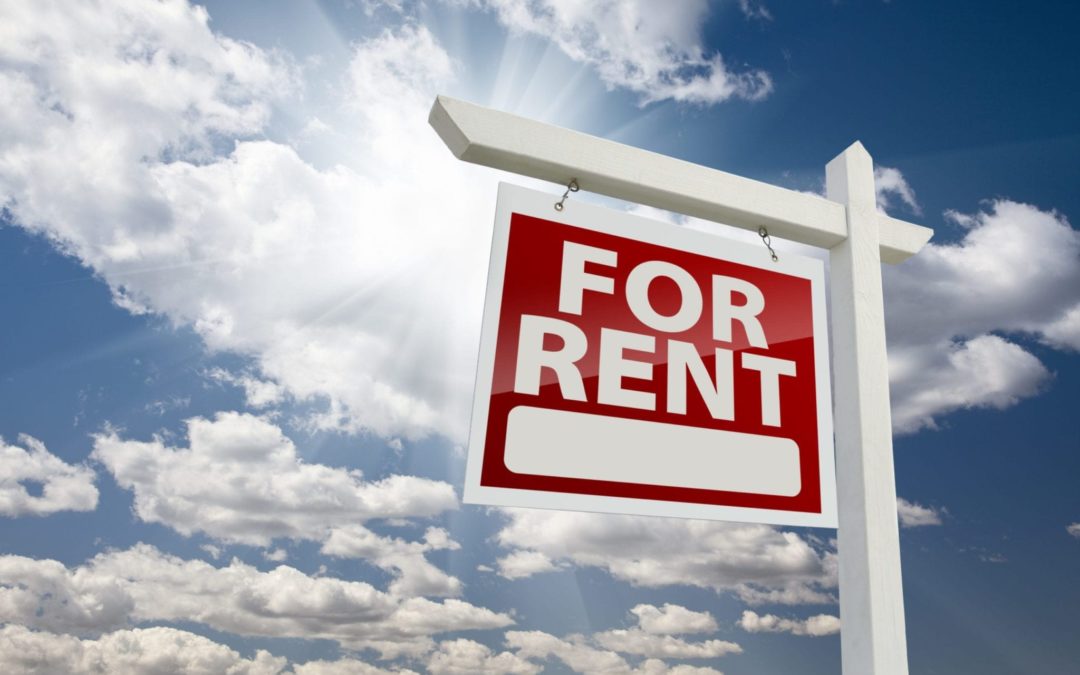This article, "Rental Property Income Tax: Why Active or Material Participation Matters," originally appeared on AndersCPA.com.
Owning rental real estate can be a great supplemental source of income in addition to a normal day job. What is most commonly misunderstood about this type of investment is how an individual can treat the income and or losses for tax purposes.
Determining your level of involvement is key to the tax treatment of the income/losses that the real estate generates. Real estate, by definition, is a passive investment, but depending on your level of participation you may be able to treat the rental as active or be classified as a “real estate professional” for tax purposes. This allows you to deduct losses the activity generates, or avoid the net investment income tax if the activity generates income. Certain actions and tests are necessary to be eligible. Let’s review the participation rules.
Real Estate Professionals
Real estate professionals are individuals who perform more than 50% of their personal services and spend more than 750 hours during the year in real property trades or businesses in which they materially participate. This status allows irrevocable grouping elections that may be beneficial for taxpayers to group all of their real estate activities to achieve non-passive treatment.
Material Participation
Material participation in the activity of a trade or business generally means non-passive treatment. Many individuals can meet the participation requirements by satisfying one of seven tests determined by the IRS. The tests are mainly based on an individual’s involvement and hours spent participating with the activity during the year. Always consult your CPA if your level of participation in your rentals changes.
Active Participation
Active participation is a lower standard of involvement than material participation and is more commonly used among individuals. This level of participation allows a special passive loss rule for rental activities. You may be able to deduct up to $25,000 in passive losses from your rental real estate each year against non-passive income. Generally, the $25,000 special allowance is reduced by 50% when AGI exceeds $100,000 and to zero when AGI reaches $150,000. To qualify, the following rules apply:
-
- You must own at least 10% of the rental and have substantial involvement in managing the rental
- You cannot be a limited partner
- The amount of loss eligible for the $25,000 allowance is determined by netting income and losses from all of the rental real estate activities in which you actively participate
No matter what business activity you invest in, it’s important to be able to document your level of participation in each activity to accurately support your tax position. The application of these rules and elections are generally dependent on each individual’s specific tax scenario and should be addressed with a tax professional. For additional guidance and planning, please contact an Anders advisor.


